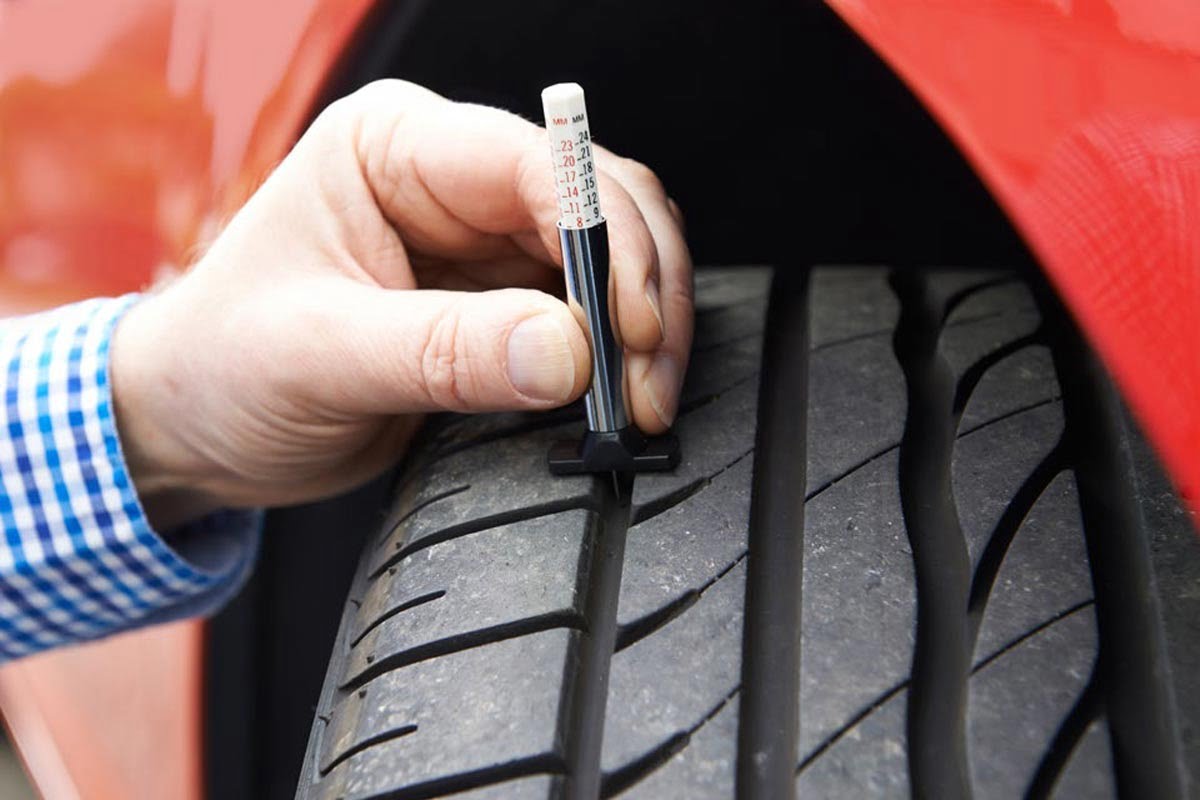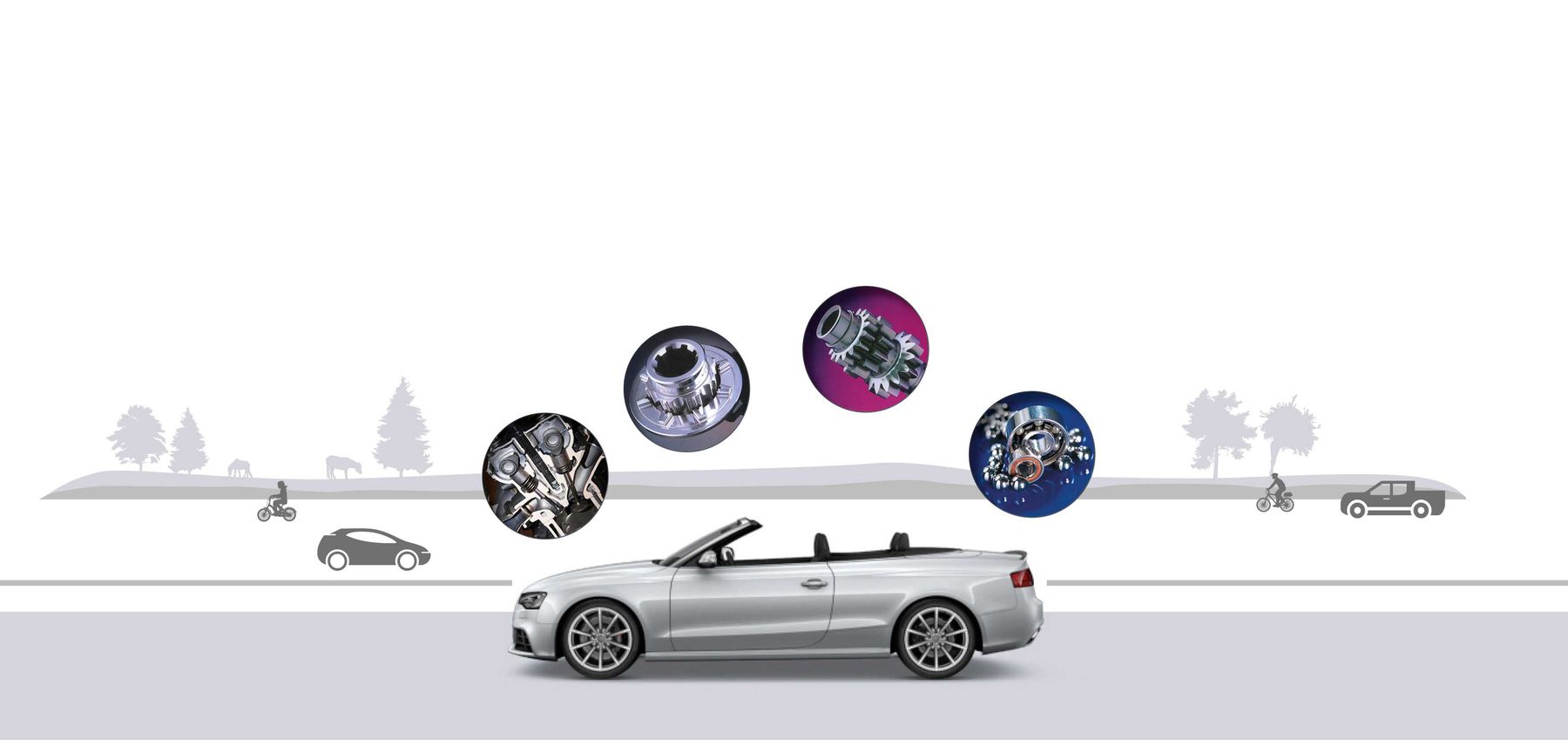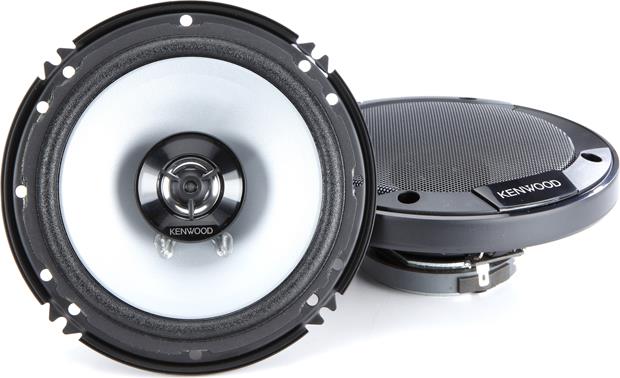Whenever you have a flat tire, always try to repair it with a professional like tire change services (ร้านเปลี่ยนยาง which is the term in Thai) you trust, who uses suitable quality materials and treats your tire with care, especially when mounting it on the wheel. Never run with a flat tire; if that happens, you will probably lose your tire, as it will no longer be repaired due to damage that will occur on the side due to running with low or no pressure.
Repairs should be limited to 40% of the tread and should be done on the inner side of the tire. There are specific technical standards for repairs and repairs. Radial tire repairs should always be done cold with PRP, also known as a repair plug. Repairs should never be applied to the bead in the 30% regions on each side of the tread (shoulder region). Passenger tires can only be repaired if the hole or cut has a maximum of 6mm and pickup trucks up to 8mm (measured by the inner side of the tire).
Never repair worn tires beyond the wear rate, which is 1.6mm rubber tread depth, nor attempt to repair a tire with a puncture larger than 6.0mm (in the case of passenger tires) or even change tires off-site (เปลี่ยนยางนอกสถานที่ which is the term in Thai). Pasta repairs are temporary and should only be used in situations of extreme need and then repaired by correct repair.
Why Should We Not Repair The Shoulder Or Side Region?
The shoulder and side of the tires are the regions with the greatest elasticity to offer comfort, so they suffer the greatest strain deformations when the tire is in motion.
The tread structure comprises several layers, including the tread rubber, steel straps, reinforcement strap, and carcass. This more consistent structure allows the repair to have a greater chance of working, but it is not guaranteed at all.
The tire’s lateral structure is less consistent, as it is formed only from the carcass and the lateral rubber. Despite being more reinforced than the side, the shoulder is the region where the tread and the side of the tire join. When repairing, it is not possible to identify where the tread ends or where the side starts, so the manufacturers recommend that the repair be done only on 40% of the tread, where it is sure not to do the repair in an unsuitable region and cause more significant damage to the tire.
Is It Worth The Risk?
As mentioned above, the shoulder and side region of the tire is the one that deforms the most when the tire is in motion. This deformation causes the repair to move and leak again; the driver may not notice the loss of air and continue running at low pressure. This generates an overheating on the side of the tire, causing it to deteriorate to the point of damaging the tire permanently or even causing it to burst, causing a more serious accident for the driver and his passengers.





